All Science
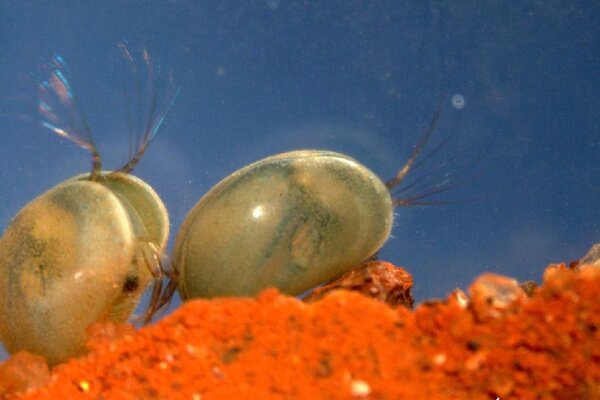 Scientists discover world's first fossilized sperm, and they're humongous
Scientists discover world's first fossilized sperm, and they're humongousFive exquisitely preserved seed shrimp in a Miocene Era bat cave give a detailed snapshot of an ancient postcoital moment. Their fossilized sperm are the world's first, and they are enormous. Scientists don't know why.
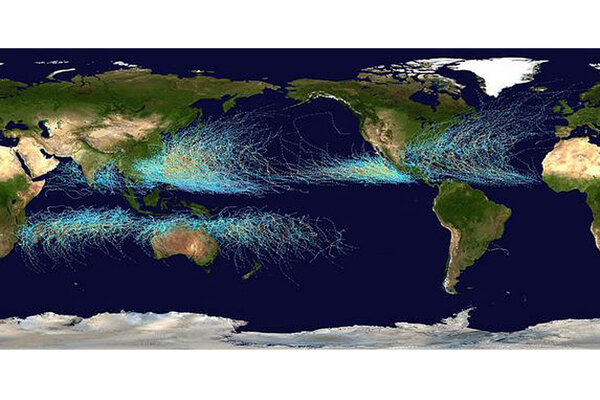 Hurricanes migrating away from equator, study finds
Hurricanes migrating away from equator, study findsOver the past 30 years, the tropics have become less hurricane-friendly, and the higher latitudes more so, finds new research.
 Spectacular NASA video shows neutron stars colliding
Spectacular NASA video shows neutron stars collidingScientists at NASA's Goddard Space Flight Center have simulated the collision of two ultra-dense neutron stars, which tear each other apart and ultimately form a black hole.
 Does irrigation influence earthquakes?
Does irrigation influence earthquakes?Measurements of California's San Joaquin Valley, one of the country's most productive agricultural regions, show it has been sinking due to groundwater depletion, placing stress on the San Andreas fault.
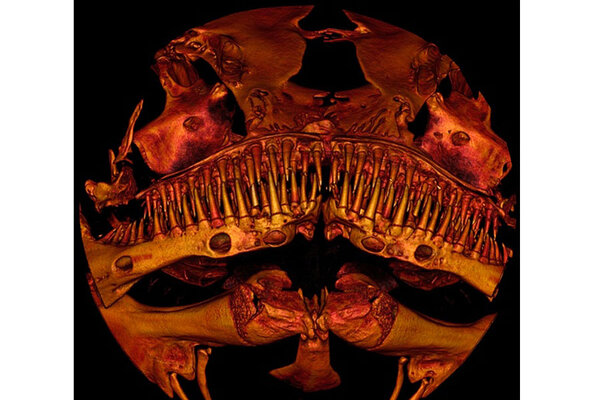 Scientists baffled by oddball catfish
Scientists baffled by oddball catfishA tiny, subterranean catfish discovered in India's Western Ghats mountain range has a skeleton that seems to defy categorization, say scientists.
 International Space station crew returns to Earth
International Space station crew returns to EarthThree astronauts – one American, one Russian, and one Japanese – ended their six-month mission aboard the space station after their Russian Soyuz capsule touched down Wednesday in Kazakhstan.
 Columbus ship: Has the Santa Maria been found?
Columbus ship: Has the Santa Maria been found?Columbus' ship, the Santa Maria, may have been discovered by a father-son team off the northern coast of Haiti. Due to a 15th century cannon and the location of the wreckage, explorers Barry and Brandon Clifford believe it may be the famed ship.
 Famed wandering wolf may have found love, say wildlife officials
Famed wandering wolf may have found love, say wildlife officialsOR 7, a wolf that trekked from Oregon to California and back, seems to have met the love of his life, according to Oregon wildlife officials.
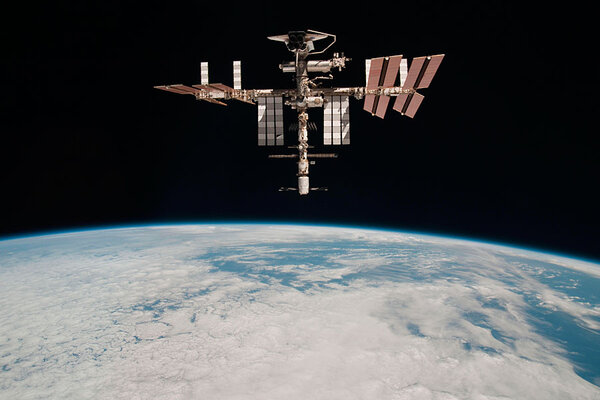 Could Russia scuttle the International Space Station?
Could Russia scuttle the International Space Station?Russia's Deputy Prime Minister, Dmitry Rogozin, said that his country would reject a US proposal to extend the International Space Station beyond 2020, in retaliation for US sanctions over Ukraine.
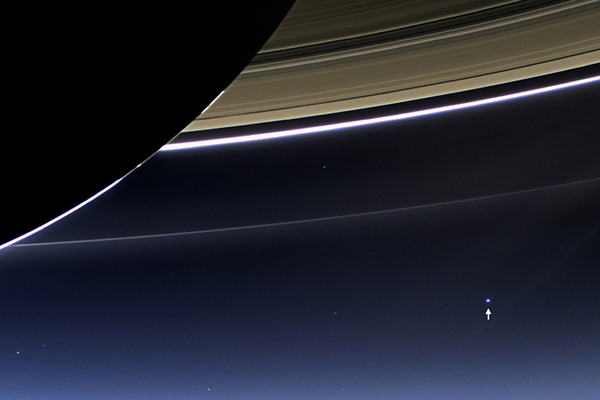 Moon to occult Saturn: What you need to know.
Moon to occult Saturn: What you need to know.For some antipodean skywatchers, the moon will occult Saturn early Wednesday morning for about 30 minutes.
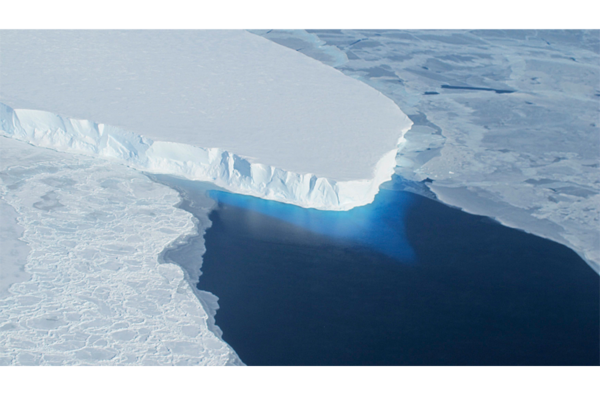 West Antarctic glaciers in 'irreversible' retreat, say scientists
West Antarctic glaciers in 'irreversible' retreat, say scientistsThe thawing of six huge Antarctic glaciers has passed the point of no return, say scientists, and will become a major contributor to rising sea levels in the coming decades.
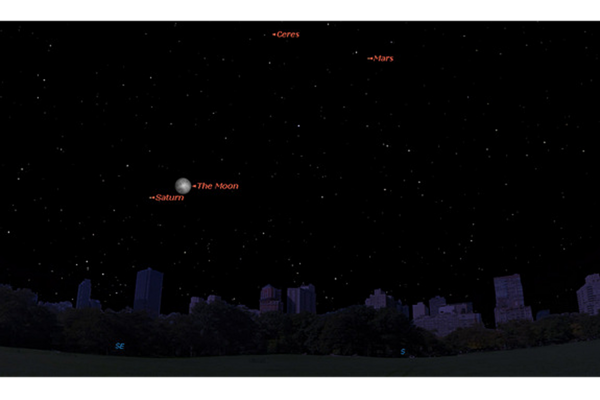 Saturn to shine near moon Tuesday: How to view it
Saturn to shine near moon Tuesday: How to view itThe moon will soon have company, as a bright Saturn cozies up to it on Tuesday evening.
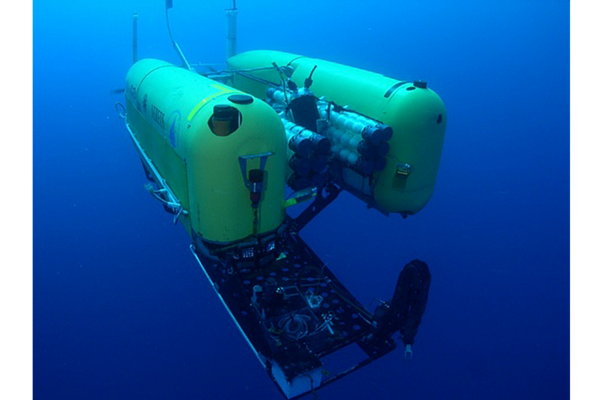 Six miles under the Pacific, a robot implodes
Six miles under the Pacific, a robot implodesNereus, a remotely operated deep-sea vehicle, apparently couldn't withstand the pressure in the Kermadec Trench, the world's second deepest spot.
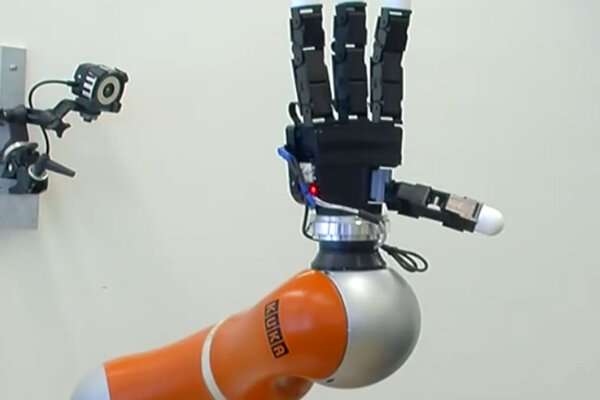 Heads up! Robot arm can catch flying objects.
Heads up! Robot arm can catch flying objects.Researchers have developed a quick-thinking robotic arm that can catch a ball, a bottle, or a tennis racket tossed its way.
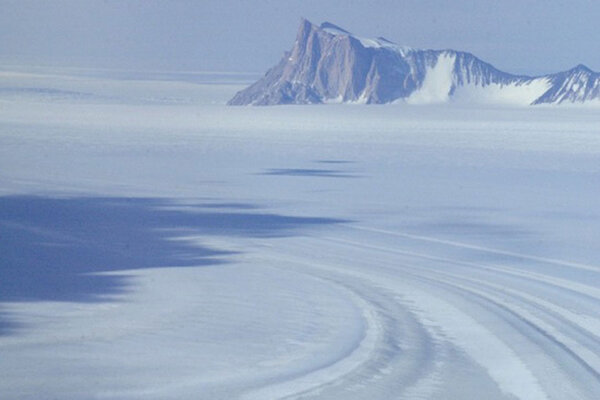 Catastrophic collapse of Antarctic ice sheet now underway, say scientists
Catastrophic collapse of Antarctic ice sheet now underway, say scientistsThe largest glaciers in West Antarctica, which holds 10 percent of the world's ice, are rapidly losing ice, portending a rise in sea levels that exceeds UN predictions.
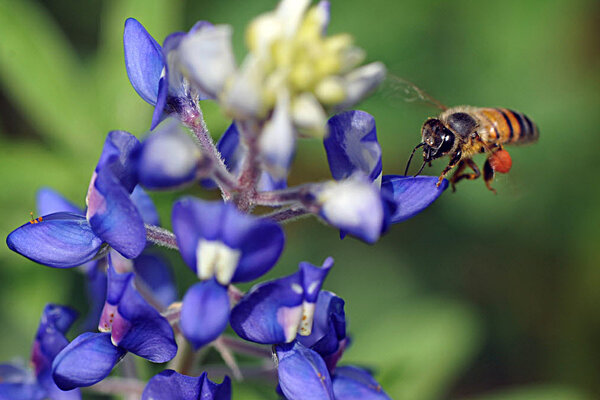 World's No. 1 pesticide brings honeybees to their knees, say scientists
World's No. 1 pesticide brings honeybees to their knees, say scientistsA new study from Harvard implicates two neonicotinoid pesticides, imidacloprid and clothianidin, in the ongoing plague of honeybee Colony Collapse Disorder. Imidacloprid is the most widely used pesticide in the world, and both are approved by the EPA.
 NASA moon orbiter snaps image of 'Earthrise'
NASA moon orbiter snaps image of 'Earthrise'NASA's Lunar Reconnaissance Orbiter captured an image of the Earth rising over the moon's horizon.
 Humongous megamouth shark caught off Japan coast
Humongous megamouth shark caught off Japan coastOn Thursday, at the Marine Science Museum in Shizuoka City in Japan, thousands gathered to witness the dissection of a massive female megamouth shark weighing nearly 1,500 pounds.
 Scientists make a positive ID: Nearby star is a 'sibling' of our sun
Scientists make a positive ID: Nearby star is a 'sibling' of our sunA star in the constellation Hercules was born from the same primordeal cloud as our sun, researchers confirm. Best estimates are that another 10,000 to 100,000 sibling stars may be out there.
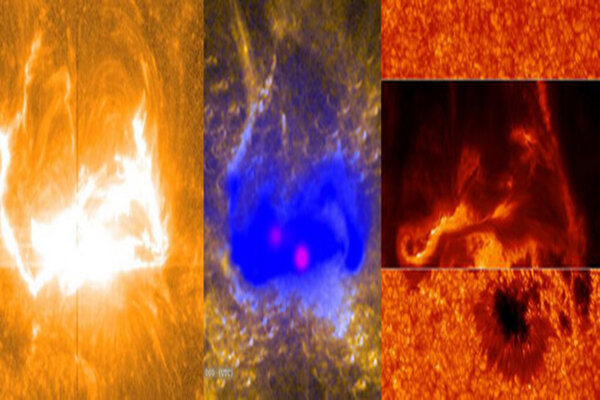 NASA captures spectacular images of humongous solar flare
NASA captures spectacular images of humongous solar flareAn X-class solar flare that erupted from the sun on March 29 was the best-observed solar flare in history, according to NASA.























